Huernia zebrina
Scientific name: Huernia zebrina
Common names: Lifesaver Plant, Zebra Striped Huernia, Starfish Flowers, Carrion Flowers
Natural habitat: Originally, the Huernia zebrina is found in the semi-arid landscapes of Eastern and Southern Africa. There, it thrives in well-draining soils and survives periods of drought, thanks to its succulent nature.
Flowers: The flowers of the Huernia zebrina are truly a sight to behold. Each bloom is about 1 inch (2.5 centimeters) across, sporting a captivating array of yellow stripes against a deep red background, leading to a glossy, burgundy, ring-shaped center.
Stems: The Huernia zebrina has cylindrical, light green stems that grow upright and are liberally dotted with small, soft spines. These stems typically reach a height of 3 to 4 inches (7.6 to 10.2 centimeters), contributing to the plant’s overall sculptural quality.
$3.00
If you’re looking to bring an exotic flair to your space, consider the Huernia zebrina, also known as the ‘Lifesaver Plant’. Its charming flowers, which are about 1 inch (2.5 centimeters) in diameter, feature a striking striped pattern of yellows and deep reds surrounding a glossy, lifeguard ring-like center. Furthermore, the intriguing, spiky stems stand at a modest 3 to 4 inches (7.6 to 10.2 centimeters), perfect for adding a touch of drama to your indoor garden without taking up too much space.
General Care for Stapeliads
Stapeliads are a unique group of succulent plants known for their striking flowers and interesting forms. They belong to the Apocynaceae family and are mostly native to Africa, with some species found in Asia and the Middle East. Here’s a general guide to caring for Stapeliads:
- Lighting: Stapeliads thrive in bright, indirect light. Direct sunlight can be harmful, especially during the hottest parts of the day. A partially shaded spot is ideal.
- Watering: These plants require moderate watering. Allow the soil to completely dry out between waterings. Over-watering can lead to root rot, so it’s essential to ensure good drainage.
- Soil: Use a well-draining cactus or succulent mix. Stapeliads prefer a soil mix that allows for good air circulation around the roots.
- Temperature: Most Stapeliads prefer warm temperatures and are not tolerant of frost. Keep them in temperatures above 6-8°C (43-46°F).
- Humidity: Stapeliads generally do well in average room humidity. However, during the growing season, a slight increase in humidity can promote healthier growth.
- Fertilization: Feed sparingly during the growing season. Use a balanced, water-soluble fertilizer at half strength.
- Propagation: Propagation can be done through stem cuttings or seeds. Allow cuttings to dry before planting.
- Pests and Diseases: Watch out for pests like mealybugs and take precautions against snails and slugs. Stapeliads are generally resistant to diseases if well taken care of.
Specification: Huernia zebrina
| Weight | 0.55 lbs |
|---|



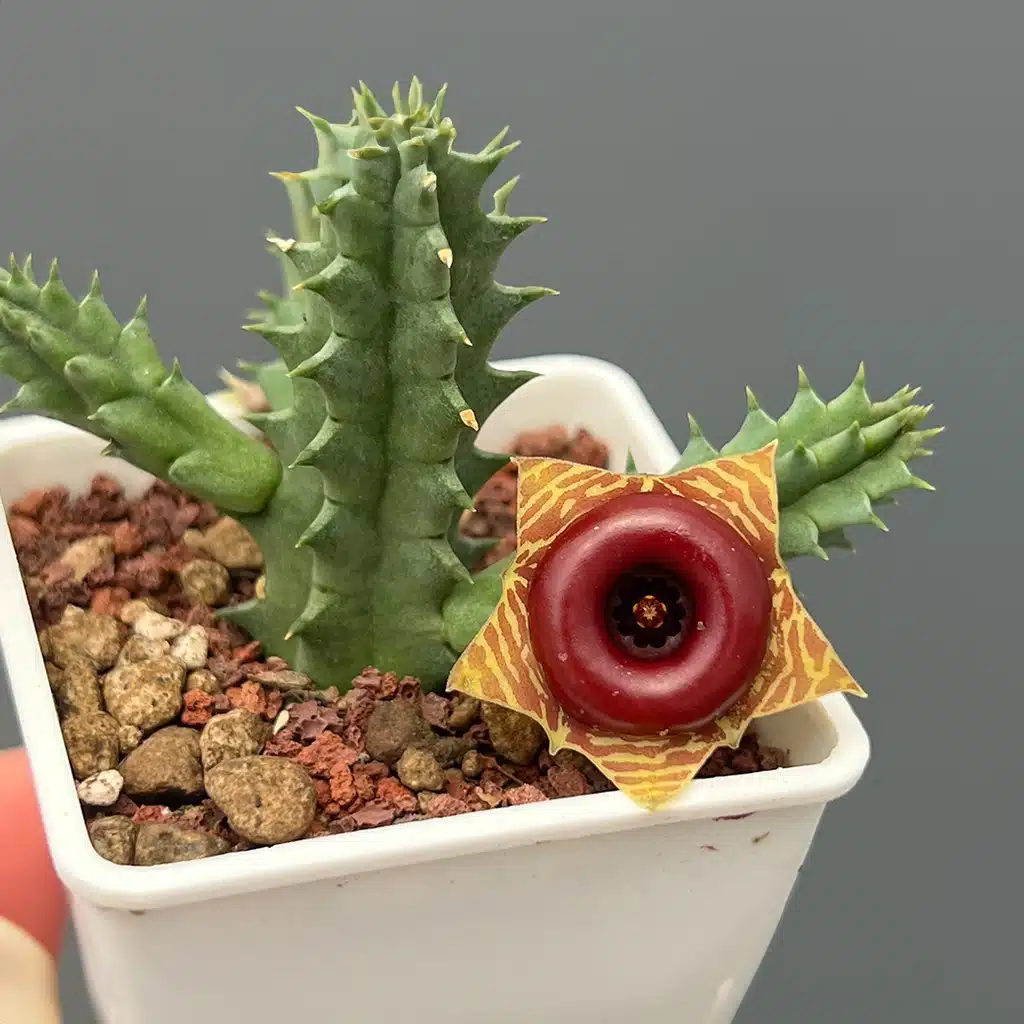
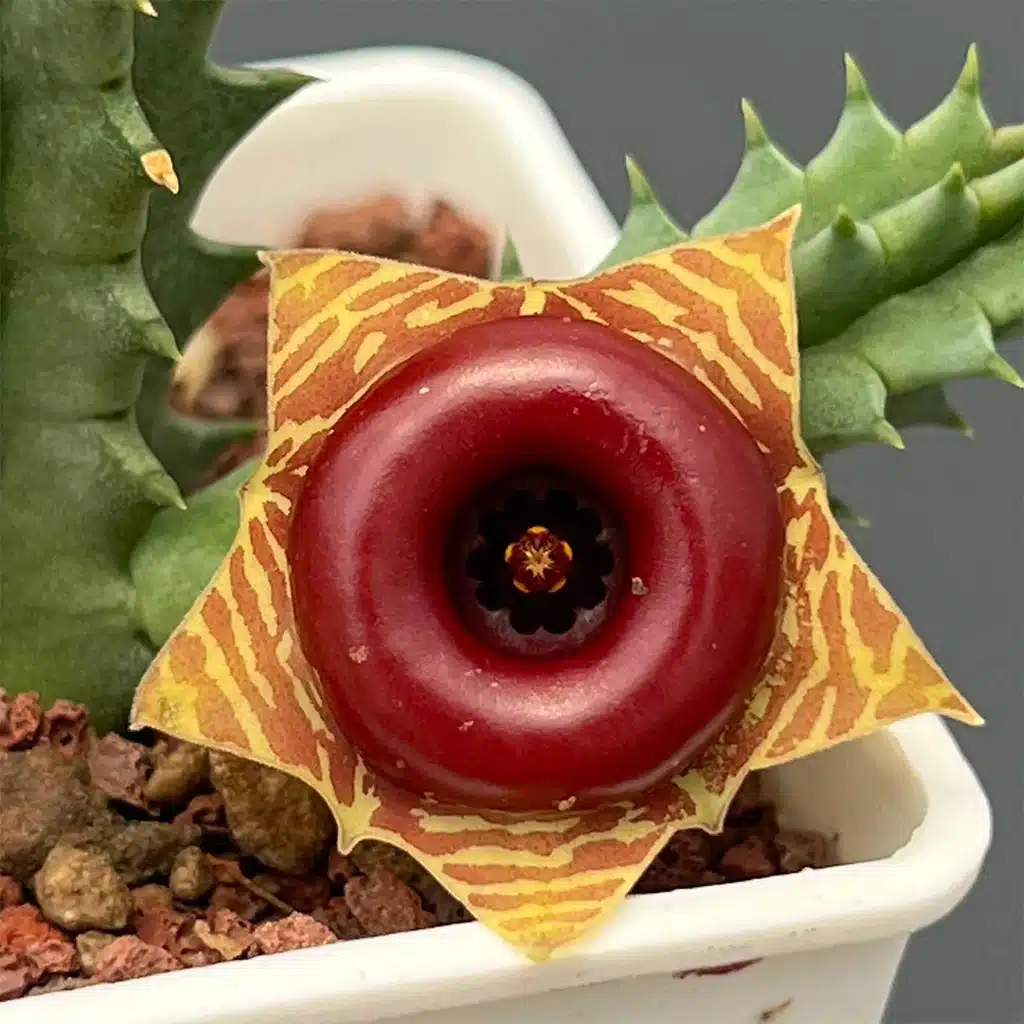



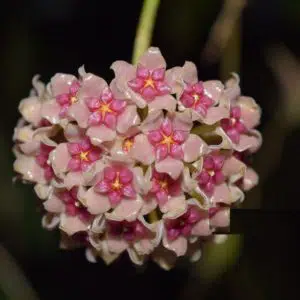
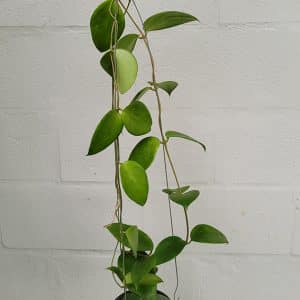
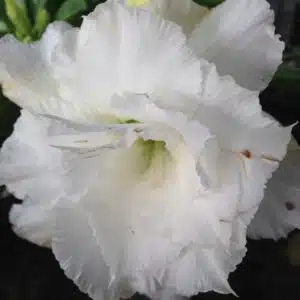
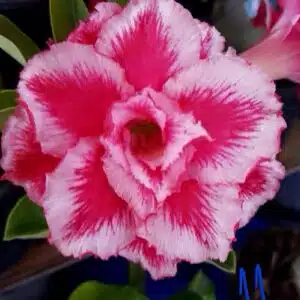

There are no reviews yet.